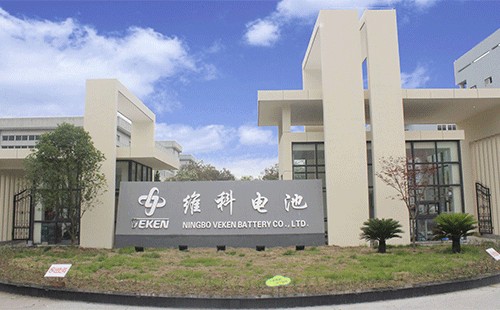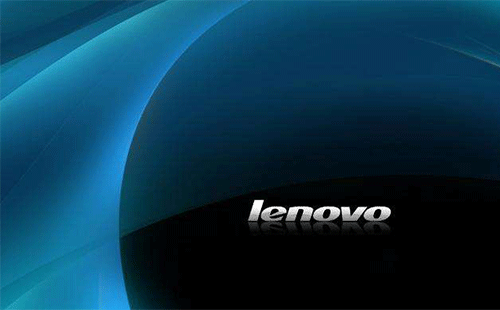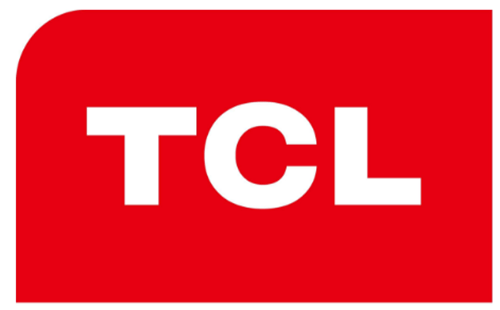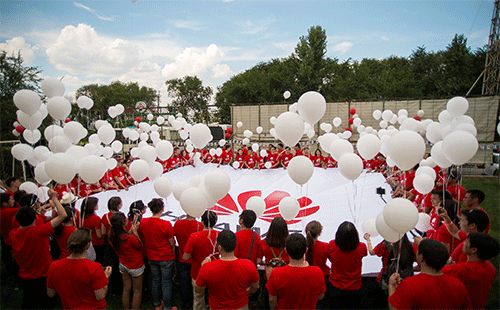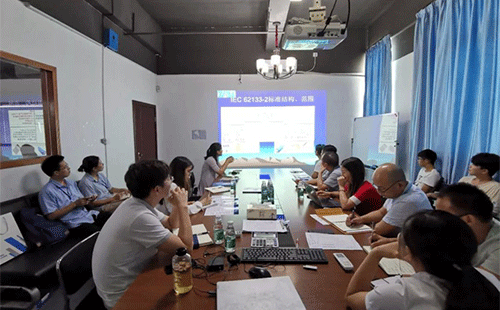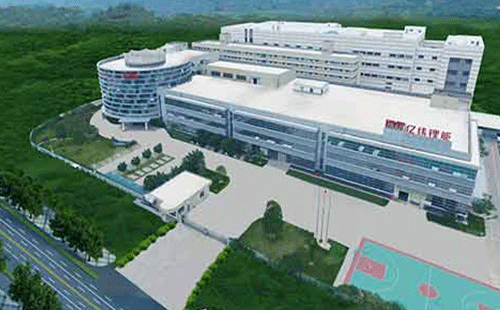On July 24th, 2025, the Canadian Ministry of Innovation, Science and Economic Development (ISED) issued the implementation radio standard specification RSS-247 Issue 4, which replaced the RSS-247 Issue 3 issued in August, 2023 and was enforced six months after the date of publication.
Key time nodes: implementation date and transition date
Implementation date: This standard will come into effect on July 24th, 2025, as of the date of publication by the Canadian Ministry of Innovation, Science and Economic Development (ISED) in official website.
Transition date: a six-month transition period will be established from the release date until January 23, 2026. During the transition period, ISED accepts applications for equipment certification based on RSS-247 version 3 or 4; After the transition period, that is, after January 23, 2026, ISED will only accept authentication applications submitted according to RSS-247 Issue 4.
Major technical changes in the new version of the standard
1. Cancel the restriction that the equipment operates in the frequency range of 5600MHz to 5650MHz.
Equipment operating in 5600-5650 MHz frequency band must only use ETSI EN 301 893 test program to prove compliance; When the equipment adopts FCC KDB 905462 test program, it must strictly operate in the frequency bands of 5250-5350 MHz, 5470-5600 MHz or 5650-5725 MHz, or any combination of these frequency bands.
2. The content of hybrid equipment in Section 6.4 is modified, and the requirement of distinguishing hybrid equipment from the combination of frequency hopping system (FHS) and digital transmission system (DTS) is introduced.
The relevant requirements are as follows:
◆ When the frequency hopping function stops, the power spectral density of digital modulation operation shall not exceed 8 DBM/3 kHz;
◆ When the frequency hopping function is enabled, the average occupation time of frequency hopping operation on any frequency shall not exceed 0.4 second of the duration (total frequency hopping ×0.4 second);
◆ There is no lower limit for the number of frequency hopping channels;
◆ The hybrid system must have the characteristics of real frequency hopping system as described in sections 6.2.1 a) and 6.2.1 b): minimum channel spacing requirements and pseudo-random frequency hopping sequence requirements, as well as receiver matching bandwidth and synchronization requirements.
3. The calculation of directional antenna/antenna array is deleted, because the calculation of directional gain is included in the measurement procedure in standard reference ANSI C63.10 and acceptable KDB.
Delete: the directional antenna gain shall be calculated as the sum of 10 log (number of array elements or staves) plus the directional gain of the element or stave having the highest gain.
4. Clarification of the License Free Local Area Network (LE-LAN) in vehicles operating in the frequency bands of 5150-5250 MHz and 5250-5350 MHz was added.
Clarification: The equipment in this frequency band is not allowed to be used on aircraft.
5. point b) in section 7.3.1.3 about the stray radiation of transmitters operating in 5150-5250 MHz frequency band was modified to clarify the requirements.
Clarification: Any stray emission between the upper edge of 26 dB bandwidth and 5350 MHz must be attenuated by at least 26 dB than the channel power when measured with a resolution bandwidth of 1% to 5% of the occupied bandwidth.
The old standard content: any unwanted emissions that fall into the band 5250-5350 MHz shall be attentioned below the channel power by at least 26 db, when measured using a resolution bandwidth between 1 and 5% of the occupied bandwidth (i.e. 99% bandwidth),above 5250 MHz.
6. In Section 7.1, the reporting requirements for the devices that realize transmitter power control have been added.
Added content: Equipment certified according to this standard that needs to be equipped with transmission power control (TPC) function must submit the test data that enables TPC. The test report shall describe the measurement method and configuration in detail, and provide the comparison test results between enabled and non-enabled TPC. The measurement data contained shall prove that the transmission power of the equipment can be reduced when the TPC function is enabled.
7. The transmission power control requirements in sections 7.3.1.2 and 7.3.2.2 were revised.
It is clearly required that the OEM equipment with the maximum e.i.r.p greater than 15mw installed on the vehicle operating in the frequency bands of 5150-5250 MHz and 5250-5350MHz should implement TPC.
8. Section 7.3.2.1 was modified to introduce indoor labeling requirements for stray emission.
Clear requirements: In addition to OEM equipment installed on vehicles by vehicle manufacturers, equipment operating in the frequency band of 5250-5350 MHz and meeting stray requirements shall be marked or include the following words in the user manual: "For indoor use only".
In the original stray limit, 6.2.2.2 unwanted emission limits: the device, except devices installed in vehicles, shall be labeled or included in the user manual the following text: "for indoor use only."
9. Section 7.3.2.3 was modified to clearly identify the stray emission limit of the transmitter operating in the frequency band of 5250- 5350mhz.
Clarification: the peak equivalent omnidirectional radiation power spectral density (Peak E.I.R.P.) of all emissions outside the frequency band of 5150-5350 MHz shall not exceed -27 dBm/MHz.
All emissions within the frequency band of 5150-5250 MHz meet one of the following requirements: its peak value E.I.R.P (equivalent omnidirectional radiation power spectral density) shall not exceed -27 dBm/MHz or meet the power spectral density requirements of 7.3.1.2 Chapter.
10. Move the definition in Section 7.3.5 to Chapter III Definition.
Master mode,Maximum power spectral density; PSD definition was deleted.
Add definitions: Access point (AP), Controller mode, Fixed outdoor AP, Fixed outdoor client device, Frequency hopping systems (FHS), Indoor AP, Indoor operation, Indoor subordinate device,Licence-exempt local area network (LE-LAN) device。
Major editorial changes in the new version of the standard
1. The frequency range is added in the document title.
2. Updated the definition in Section 3, added additional terms, clarified other terms, and moved the definition from other parts of the document.
3. Section 6 is modified to group the requirements of frequency hopping system by frequency band.
4. Section 6 was modified to combine the requirements of digital transmission system.
5. The content of Dynamic Frequency Selection (DFS) in Section 7.3.6.3 is modified to make it clear that it is applicable to clients without radar detection function.
6. Other editing and modification were made, several parts were reorganized, and clarifications were provided as appropriate to improve the readability of the whole document.
Warm tips
After the transition period, all equipment manufactured, imported, distributed, leased, offered for sale or sold in Canada must meet the requirements of RSS-247 version 4. ZRLK suggested that relevant enterprises should improve their risk awareness of products, keep abreast of policy changes and actively adjust certification strategies to ensure that products enter the Canadian market in compliance. If you want to know more about the requirements of ISED certification in Canada or have products that need ISED certification in Canada, please feel free to contact us, and our engineers will serve you as soon as possible!






